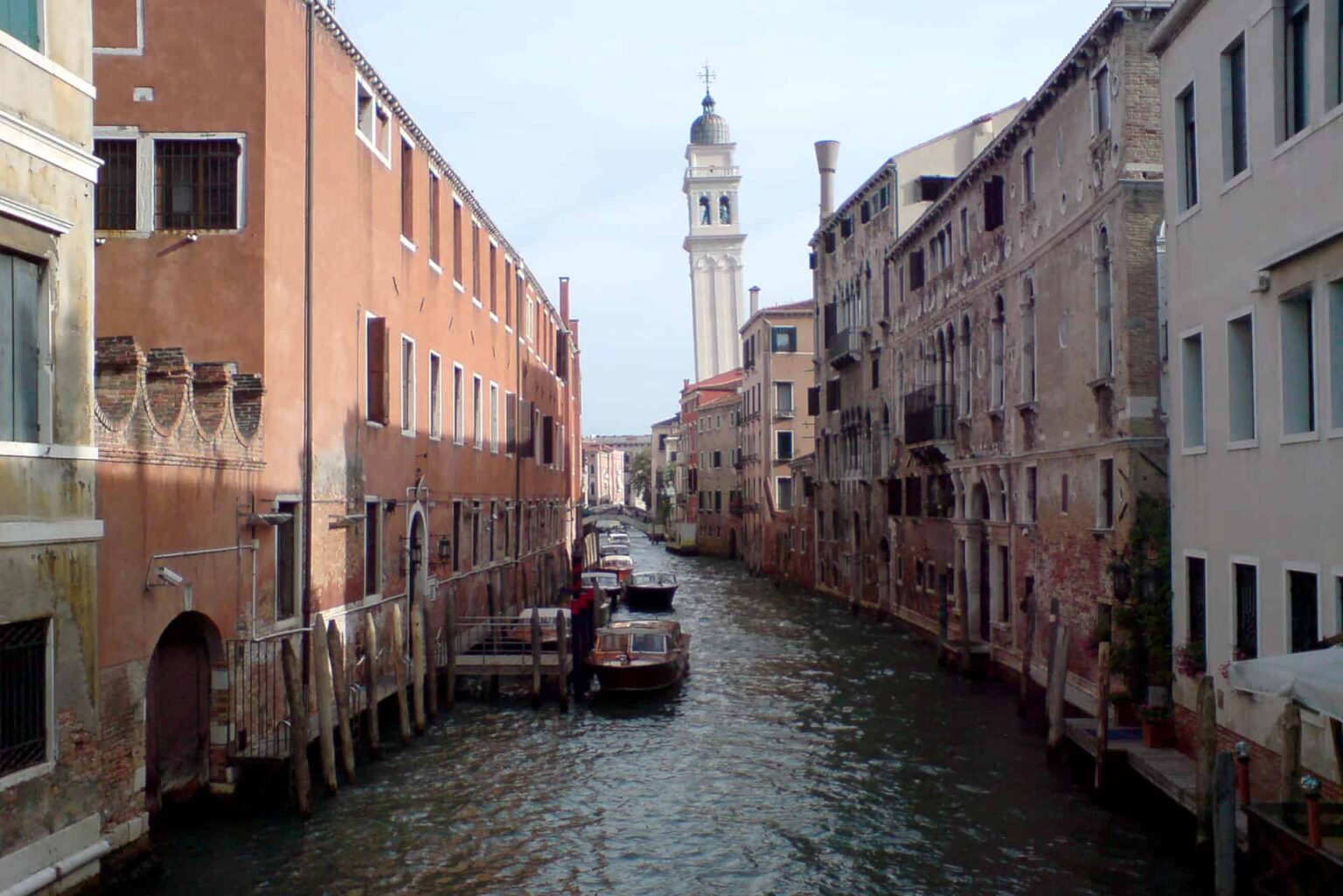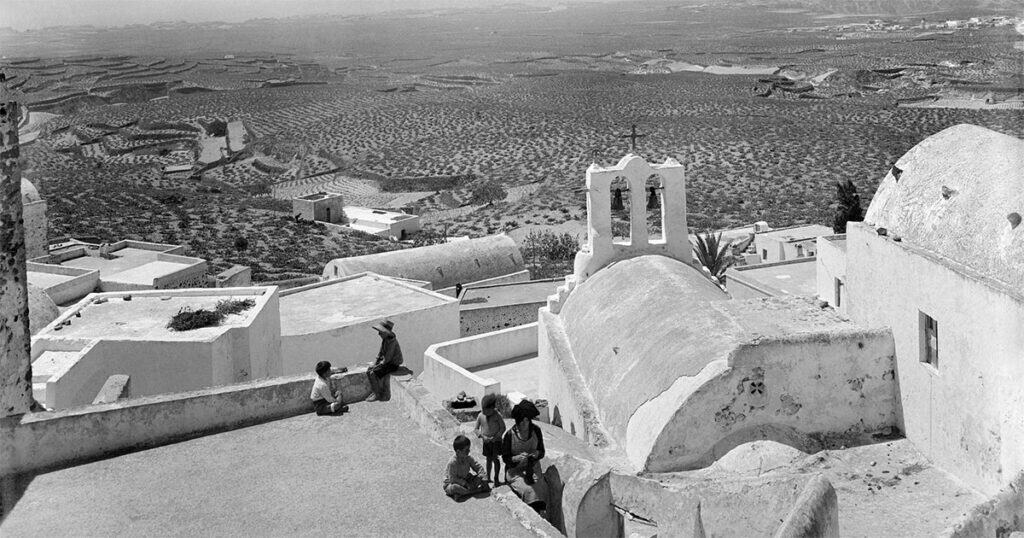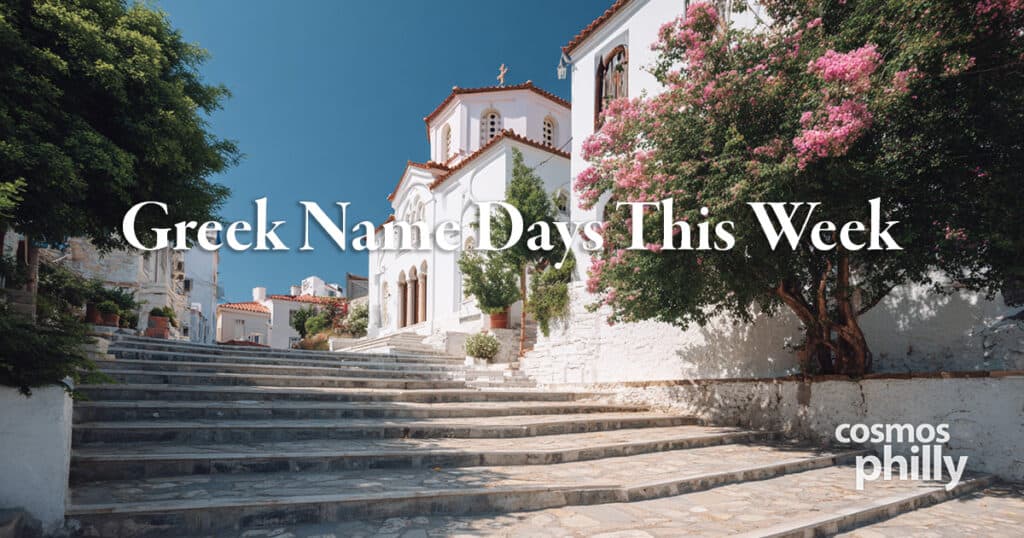Diaspora is a Greek word, connoting a dispersion of seed or people. It is quite appropriate, as Greeks from time immemorial have left their shores. Greeks in America or Australia are part of a long (and continuing) chain of migration out of the Greek homelands.
The entire Mediterranean and the Black Sea basin hosted Greeks from ancient times, but what happened in Venice in the years immediately prior to and after the Fall of Constantinople in 1453 in many ways set the stage for all subsequent Greek migrations. The Greeks who arrived in Venice included all classes, from the daughter of the last Byzantine Prime Minister, the Duchess Notarina, to merchants, artisans, soldiers, laborers, and sailors. Unlike the post-Byzantine Greeks who migrated to Salento and Calabria in Southern Italy (where a dying dialect of Greek remains spoken to this day in a dozen or so villages), bolstering the Greek element that had been there since Classical times, the Greeks of Venice founded a new community from scratch.
Though the Venetians were less dogmatic about religious matters than other Italian or West European states, the Greeks nonetheless did face discrimination because of their Orthodox faith, and initially, the Venetians required them to worship in the Uniate fashion, forced to acknowledge the Pope. The Greeks in Venice successfully lobbied to be under the direct jurisdiction of the Patriarchate of Constantinople, testimony to the power of the Greek merchant community and, significantly, to the large numbers of Greeks under arms in the service of Venice, known by the Italianized Greek word stradioti. This was unique and then set the standard by which all Greek communities established themselves, both before and after the emergence of the Greek state in the 1830s.

Nearly 100 years after the community’s founding, the Church of San Giorgio dei Greci rose from the canals of Venice in 1573, a masterpiece of Renaissance architecture nonetheless a lovely fusion of the Byzantine and the contemporary surroundings. San Giorgio recalls, in some ways, some of the Orthodox churches in areas of Greece dominated by Venice, such as in Crete or Corfu. When we visited, on a thickly humid August day in 2011, the high courtyard walls surrounding the church in lovingly washed white marble provided a heavenly respite from the tyranny of heat and the crush of camera-toting tourists. Inside was the iconography of some of the finest Venetian artists, as well as Greek masters such as the Cretan iconographer Damaskinos.
The Church’s bell tower, visible from the Grand Canal, served as a beacon to guide us to the church. Like nearly all bell towers in Venice, San Giorgio’s is a leaning tower, as the waterlogged Venetian earth struggles to support the weight of such edifices, many of which have fallen over the years. Next to the church, there is the Instituto Ellenico, the Hellenic Institute, where priceless information on Hellenism in Italy and the West regularly receives visits from Greek scholars and their colleagues from around the world.
What moved me most about the visit, apart from the architecture, was a plaque on the whitewashed wall of the community center, commemorating the five hundredth anniversary of the community’s founding, in 1498. The community kept the Greek faith and letters alive throughout this period. The Greeks’ entrepreneurial and mercantile mettle, another Diaspora characteristic, emerged from this period. Schools supported by the community included a vocational institute for girls.
The community is tiny today, with generations of Greeks assimilating into Venetian society, or, as the fortunes of Venice waned, many moved to other locations, notably Trieste in the late 1700s, as the Austrian Mediterranean port actively attracted immigrants with commercial and maritime skill. Like all Greek Diaspora communities, the Venetian Greeks assisted with blood and treasure the emergence of an independent Greece, and some Venetian Greeks returned to the new country. Nonetheless, a small community remains, bolstered in part by Greek scholars studying at the Institute. The Greek state retains a consulate in Venice, recognizing its historic importance, and the Greek Orthodox Exarchate of Italy is headquartered here.
Go into any Greek church in the Diaspora and, in a very real sense, the congregants are descendants of those of San Giorgio dei Greci. This community set the stage refused to sever its links with the Patriarchate and remained steadfast in its Orthodoxy and Hellenism. The church served as the community’s reference point, where christenings, marriages, and funerals were held, friends met, gossip exchanged, and where a newcomer from the “old country” might find some spiritual (and perhaps secular) guidance. So often we in the Diaspora think that our history is all “back in Greece,” but when you are in the exquisite shadow of San Giorgio, you discover that you are part of that history.
Venice’s beauty and singularity speaks for itself and far greater pens have extolled it. Everyone should visit. When going to Venice, any Greek ought to walk a few bridges from San Marco Square, from the crowds, the ten-euro espressos, and the production line tours, to a slower, more intimate encounter with San Giorgio dei Greci — and their history.








